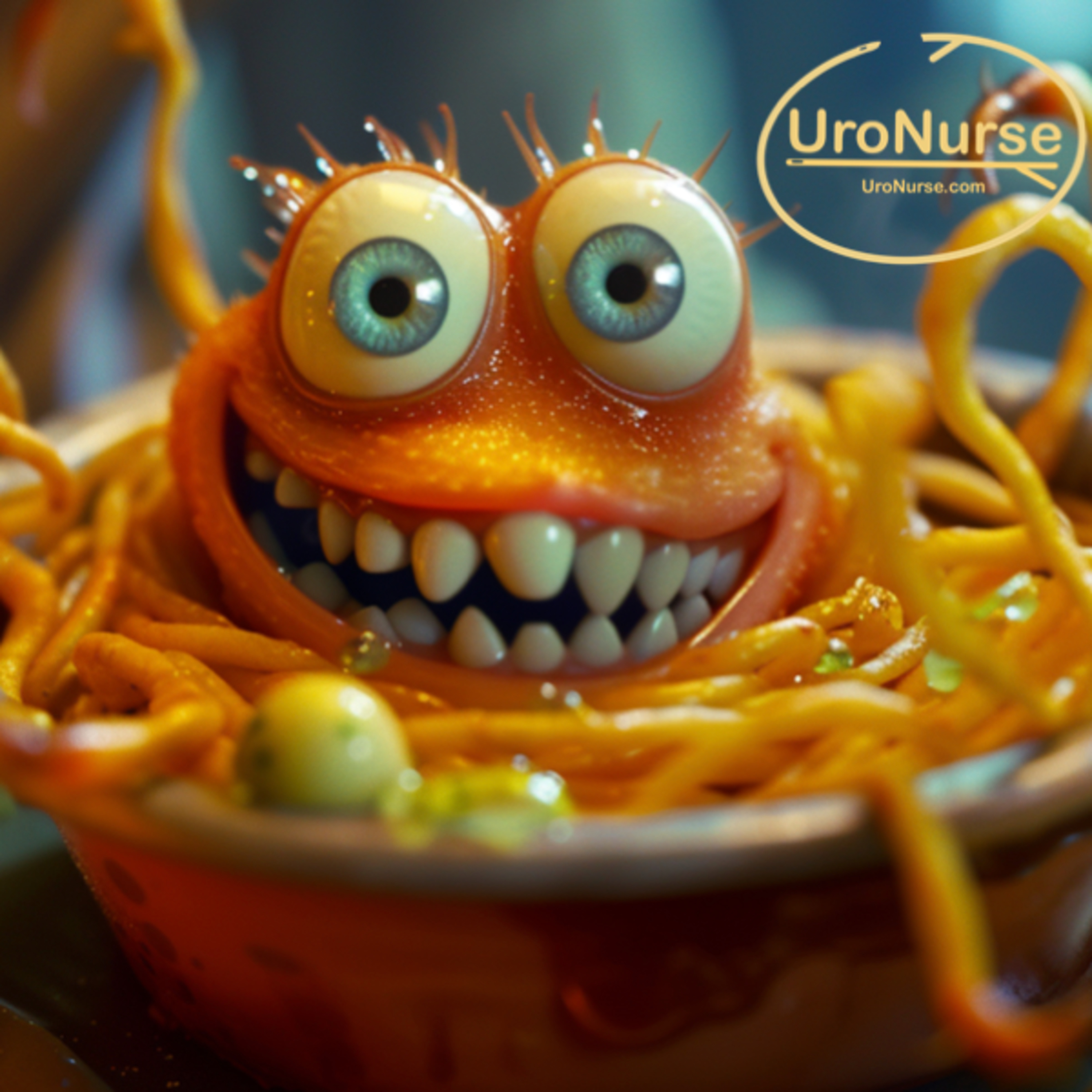Episode 80: Emerging Uropathgens, Trends In Antibiotic Resistance, And The Applications Of Molecular Diagnostic Techniques In Urology
- Author
- UroNurse
- Published
- Sat 10 Feb 2024
- Episode Link
- https://podcasters.spotify.com/pod/show/uronurse/episodes/Episode-80-Emerging-Uropathgens--Trends-In-Antibiotic-Resistance--And-The-Applications-Of-Molecular-Diagnostic-Techniques-In-Urology-e2fk721
In the last fifty years, there have been significant changes in how microorganisms are detected in UTI patients and how to treat recurrent, persistent, complicated UTI infections using new diagnostic tools. Many uropathogens other than Escherichia coli have been identified as playing an active role in polymicrobial UTI infections and are frequently challenging to detect using standard urine culture. These organisms have also developed multi-drug resistance mechanisms to help protect themselves from antibiotic treatment, making their detection and treatment difficult. This presentation will review the uropathogens detected presently in symptomatic UTI patients, how these organisms resist antibiotic treatment, and new evidence-based molecular methods for detecting and identifying their antibiotic susceptibility.
In the last fifty years, there have been significant changes in how microorganisms are detected in UTI patients and how to treat recurrent, persistent, complicated UTI infections using new diagnostic tools. Many uropathogens other than Escherichia coli have been identified as playing an active role in polymicrobial UTI infections and are frequently challenging to detect using standard urine culture. These organisms have also developed multi-drug resistance mechanisms to help protect themselves from antibiotic treatment, making their detection and treatment difficult. This presentation will review the uropathogens detected presently in symptomatic UTI patients, how these organisms resist antibiotic treatment, and new evidence-based molecular methods for detecting and identifying their antibiotic susceptibility.
*The information provided in this video is for entertainment and educational purposes only, and does not constitute medical advice. Consult a medical professional or healthcare provider if you are seeking medical advice, diagnoses, or treatment.
